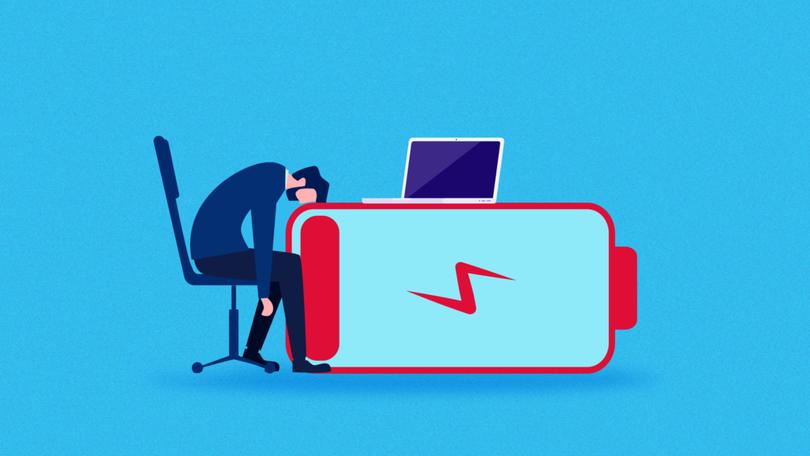THE ECONOMIST: How the boundaries between working time and time off became blurred

The year 1843 was a tremendous one for humanity. The Economist was founded.
Almost as importantly, the modern weekend started to take shape.
A campaign was launched in Manchester to give industrial workers half a day off on Saturdays, designed to ensure that more of them turned up ready to work on Monday morning. It succeeded, and the practice was eventually adopted into law; over time, a five-day week has become the norm in most countries.
Sign up to The Nightly's newsletters.
Get the first look at the digital newspaper, curated daily stories and breaking headlines delivered to your inbox.
By continuing you agree to our Terms and Privacy Policy.Whether it is the weekend, the summer holidays that many people in the northern hemisphere are currently taking or the daily rest periods that companies give to their employees, the right for people to take breaks is uncontested. But for white-collar workers in particular, the boundaries between working time and non-working time have become very blurry. It is standard practice to eat lunch hunched over your desk: look down at your keyboard and you will see far more crumbs than characters.
It is normal to look at emails in the evening, at weekends and on holidays.
Deploring this development is too simple: the ability to choose when and where you work suits lots of people. But it has also created the impression that you are always contactable. As long ago as 2013, Melissa Mazmanian of the University of California, Irvine and Wanda Orlikowski and JoAnne Yates of the MIT Sloan School of Management coined the term “the autonomy paradox” to describe how greater flexibility for individuals has led to diminished freedom for everyone to switch off.
Breaking out of this trap is hard. As a little experiment to assess your own degree of freedom, try to follow a recommendation from Cal Newport, a thoughtful writer on how the performative busyness of modern work impedes the ability to get important stuff done.
In his latest book Slow Productivity, Mr Newport advocates deliberately varying the intensity of work. Among other things, he suggests setting aside a weekday afternoon once a month to see a film.
Taking three hours off every so often ought not to feel outlandish if you catch up on your work later.
But few employers would react well to an out-of-office message that reads “I am watching Deadpool & Wolverine and will be slower to respond than normal.” So an uncomfortable degree of subterfuge is required.
First, following Mr Newport’s advice, you label the time as a “personal appointment”; never has a calendar entry looked more suspicious.

Before you enter the cinema you check around for colleagues. A handful of single people are in there: you wonder how many of them are also at a “personal appointment”.
You are told to turn off your phone, the ultimate working-hours transgression. The moment you leave you check it to make sure all hell has not broken loose in your absence. During the film, you feel guilty that you have been munching popcorn while everyone else has been working. The whole experience is sufficiently draining that you need another rest.
Managers may well feel that their workforce shouldn’t be heading off to the cinema whenever it feels like it. However, organisations should ensure that their employees do not mistake exhaustion for accomplishment or breaks for laziness. Mr Newport cites the example of 37signals, a software firm that works in six-week cycles.
At the end of each cycle, developers take one or two weeks off scheduled projects to slow the pace.
Slack, another software firm, ran a survey in which they found that only two in five of their employees felt comfortable taking breaks. It then conducted an experiment in which it prompted some of its workers to take time off during the day and found that this led to marked improvements in their productivity and job satisfaction.
If the encouragement of your employer is not forthcoming, some simple habits can still make for better breaks. If you decide to work at weekends or on holidays, only do so during set periods so that you get at least some extended time off the treadmill.
During the workday, one tip stands out.
A recent review of the research on work breaks by Zhanna Lyubykh of Simon Fraser University and her colleagues concluded that being outside was a better way to recharge.
A study of nurses by Makayla Cordoza, now of Vanderbilt University School of Nursing, and her co-authors found that breaks in the hospital garden mitigated the risk of burnout more than staying indoors.
Switching off is hard enough. Staying in the office makes it tougher still.
